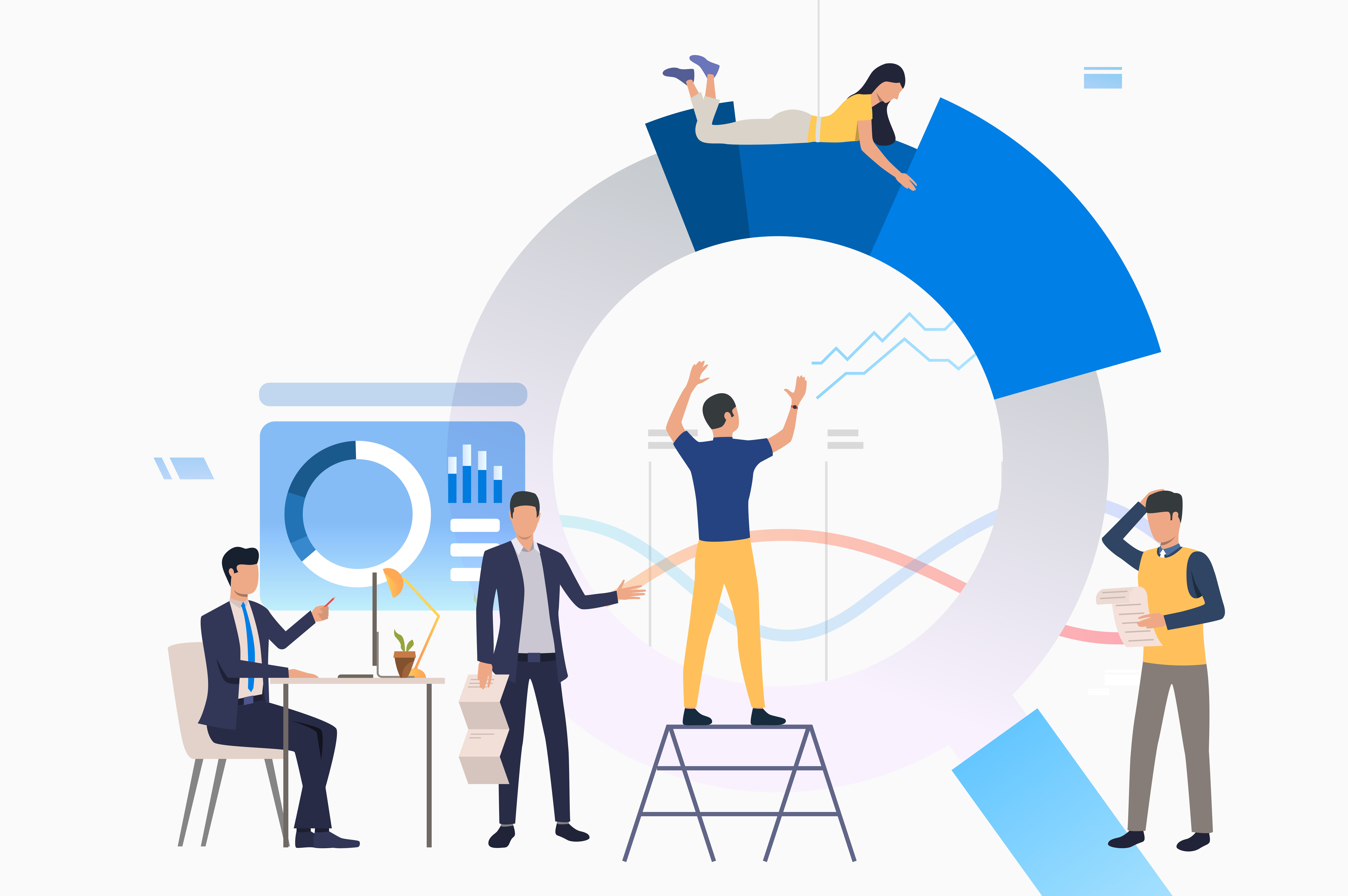Ellen started a new job on the marketing team at her dream company. When she got there, HR laid out all of the policies for her and had her sign the appropriate paperwork. Ellen received her usernames and passwords and a little welcome present. After the first two days, she had completed the necessary training.
She met her manager, and he gave her a few tasks. It seems like everyone expected her to be ready to go. But now, she was sitting there with a team of people who all knew what they were doing, and she didn’t really have a clue.
Ever been in Ellen’s position? Wouldn’t it be nice if someone gave you a list of people at the company to go to when you had a question about one thing or another or needed someone else to get the task done?
Enter Organizational Network Analysis, commonly known as ONA. ONA uses the data your company produces, such as surveys, project management tools, communication tools, emails, etc., to help managers better understand how work is getting done within the company. With ONA, you can visualize the relationships between team members to show how the work gets done. If you are Ellen's manager and looking at a visual representation of your organization's ONA, you would see Ellen as a node on the graph. At a distance are the other nodes—people who Ellen needs to know, and who can help her get situated in the role. Ideally, you would want to see those nodes moving closer and closer to Ellen, signifying that she is now working and learning from them. And the quicker this happens, the better.
ONA can be used for various things, including Information/Knowledge Mapping, Influence and Collaboration, and Attrition. However, ONA can also be used to improve onboarding effectively. Onboarding a new employee correctly is crucial—In Sapling's "Ten Employee onboarding Statistics You Must Know In 2021," their first statistic is that "great" onboarding can improve employee retention by 82%, which is essential because attrition is costly. So, how can ONA be used in onboarding?
Prior to a New Hire
If you add Ellen to the marketing team, check out a team member with a similar role’s ONA. Chances are, you’ll be able to see who they interact with consistently to get the job done. There may be people on this list you didn’t necessarily think of as a team manager. This way, you can provide your new employee with a list of people who will help them get the job done—so they won’t be wondering who to turn to.
1:1’s
After creating that list, schedule a few weekly/bi-monthly/monthly 1:1's with Ellen and those teammates. This way, she can immediately start building relationships with necessary contacts. Ellen will feel more comfortable asking connections and likely get comfortable in her role much quicker than if she had to find these people herself.
Find Them a Buddy
Look at your organization's overall ONA. See if there is someone from any team that seems to stand out because they are well-connected with a lot of people in the company, both for their position and social reasons. After asking them, set Ellen up with them as their buddy. Chances are, the buddy will be happy to (if they have a lot of connections, they are probably pretty friendly), and it would be an excellent way for Ellen to be immersed into the company and company culture quickly.
Adjusting as Time Goes On
Using ONA, you can adjust as time goes on to make sure that Ellen connects in the right ways. Past the initial onboarding period, you can use your company’s ONA to see what worked and what didn’t work. Maybe some managers took quite a while to move closer to the new employee. This could be an opportunity to look for bottlenecks. Were the managers too swamped with work to get closer to her? Did they need some extra training on how to be proactive in onboarding a new employee?
These are just a few of the ways that using ONA’s can improve your onboarding experience. It’s no secret that a successful onboarding for a new employee has its benefits—it’ll take less time for them to get started on their actual position. There is a lower turnover risk with successful onboardings. Most importantly, it provides a better employee experience.
Peoplelogic is a people intelligence platform that passively analyzes the data your teams are already producing in the tools they use every day. Back in November, we introduced ONA and have gotten great feedback from our users. If you want to understand better how information is shared, how people collaborate, and how work gets done within your organization, consider Peoplelogic. Get started today!
Recent Posts
Browse all articles


.svg)
.avif)


